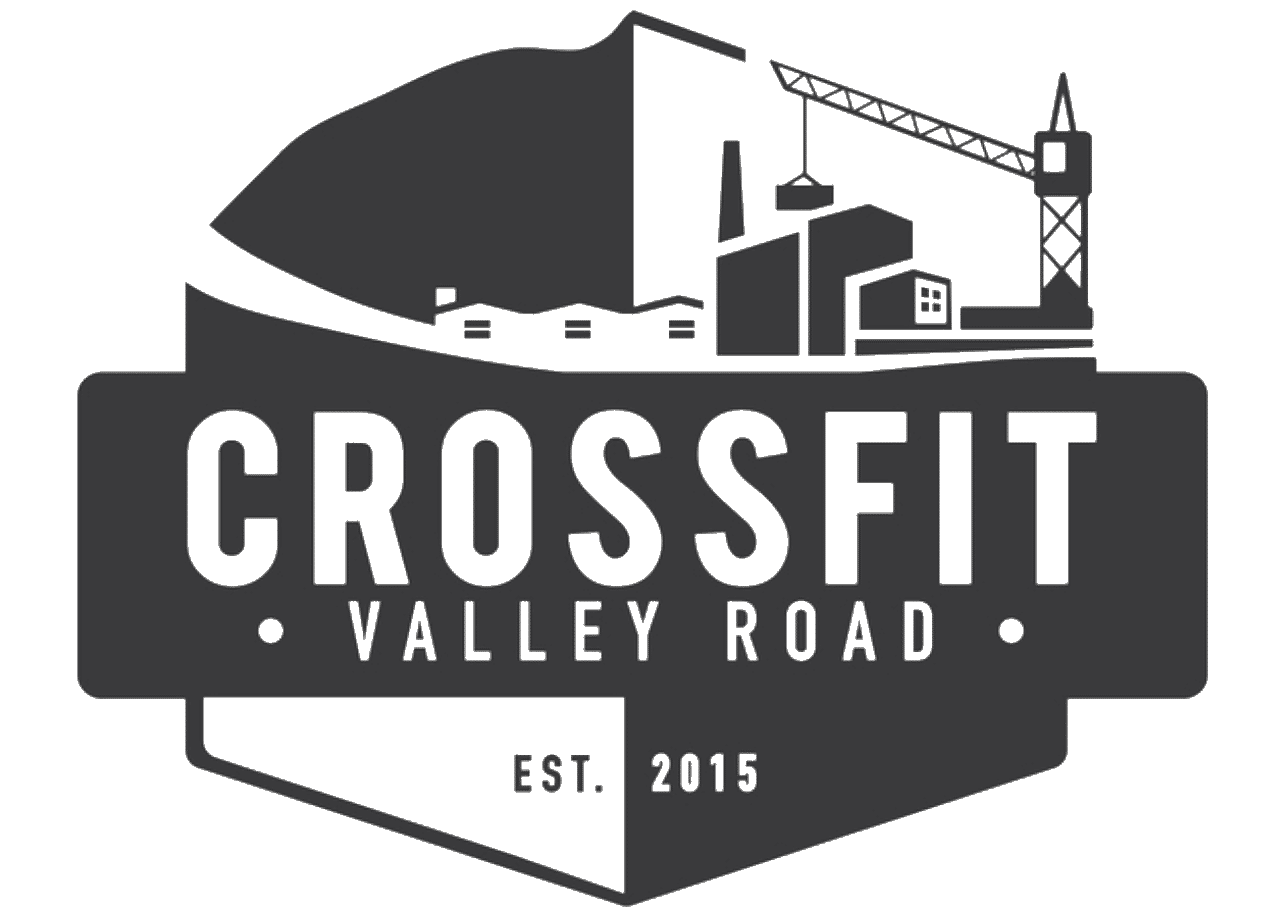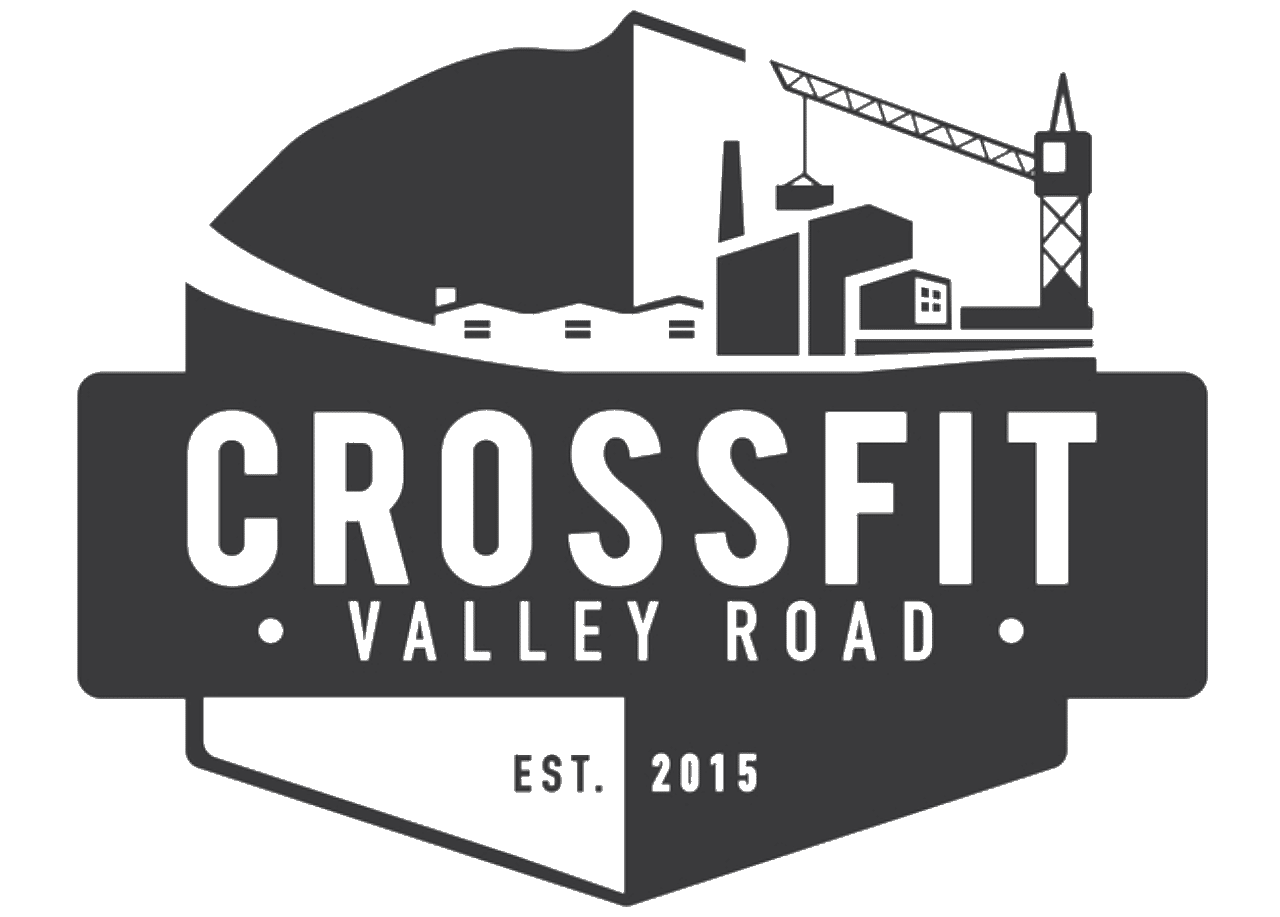Mastering the snatch is crucial for weightlifters aiming to improve strength, precision, and overall performance. The snatch, an iconic Olympic lift, combines strength, speed, and precision. Drawing from the Chinese Weightlifting Technique Book by Ma Strength, this guide explores the snatch in detail, breaking down each phase, addressing common mistakes, and offering practical corrections. With video links for visual guidance, you’ll gain the tools to lift more effectively.
1. The Five Pillars of Chinese Weightlifting Technique
The Chinese weightlifting system emphasizes five principles:
• Close: Keep the barbell close to your body.
• Fast: Increase barbell speed while maintaining control.
• Low: Catch the barbell in the lowest, most stable position.
• Timing: Execute movements with precise synchronization.
• Stable: Maintain balance and control throughout the lift.
2. Snatch Setup: Building the Foundation
A strong lift begins with the proper setup. Key components include:
Foot Placement
• Standard: Hip-width stance, mimicking a natural jump position.
• Correction: Avoid overly narrow or wide stances, which compromise balance and mobility.
Grip Width
• Optimal: Use a grip that places the barbell at the hip crease when standing tall.
Body Positioning
• Lower Back: Maintain a natural lumbar curve.
• Shin Angle: Keep shins close to the barbell without pushing it away.
• Chest: Push your chest out and slightly up to create a rigid upper body.
Video: Snatch technique work with Coach Ma
Description: Coach Ma demonstrates how to establish a strong foundation for the snatch, focusing on optimal body positioning and grip width.
3. Breaking Down the Lift: Phases of the Snatch
First Pull
• Execution: Push through your legs while maintaining a constant back angle. Keep the bar close as it moves past the knees.
• Fault: Hips rising faster than shoulders.
• Correction: Imagine your legs “pushing the floor away.”
Transition (Second Pull)
• Execution: Re-bend your knees slightly as the bar reaches them, preparing for the explosive pull.
• Fault: Bar drifting away from the body.
• Correction: Engage your lats to keep the bar close.
Final Pull
• Execution: Extend the hips, knees, and ankles while shrugging the shoulders and elevating the elbows.
• Fault: Early arm pull.
• Correction: Use drills like snatch pulls to reinforce full-body extension.
Video: Friday Technique Talk: The Chinese snatch pull + snatch
Description: Learn the mechanics of the snatch pull and full snatch with clear demonstrations and coaching cues.
4. The Catch
• Position: Receive the barbell overhead in a deep squat with arms fully extended and the barbell aligned over the midfoot.
• Fault: Barbell too far behind or in front.
• Correction: Use overhead squats and snatch balances to refine balance and timing.
Video: Inside look at Chinese Style Weightlifting Technique with Coach Ma
Description: Coach Ma explains the nuances of receiving the barbell and achieving stability in the catch position.
5. Common Mistakes and Fixes
Jumping Forward
• Cause: Poor bar path or imbalance during the pull.
• Fix: Focus on maintaining midfoot balance throughout the lift.
Early Arm Bend
• Cause: Over-reliance on upper body strength.
• Fix: Use paused pulls to encourage patience during the pull.
Inconsistent Catch Position
• Cause: Weak shoulder or core stability.
• Fix: Incorporate overhead mobility drills and core exercises.
Video: Avoid These Mistakes in Your Snatch (Chinese Weightlifting Coach)
Description: This video identifies common snatch errors and offers corrective strategies to improve efficiency and technique.
6. Supplemental Drills for Mastery
• Snatch High Pulls: Reinforce bar height and timing.
• Overhead Squats: Build stability in the catch position.
• Snatch Balances: Improve confidence and precision during the transition.
Video: Mastering the Power Snatch Pull – Chinese Weightlifting with Coach Ma
Description: Coach Ma introduces key drills like the power snatch pull to enhance bar path and explosiveness.
7. Integrating Ma Strength’s Philosophy
By adhering to the five principles of Chinese weightlifting and incorporating the techniques and drills outlined above, lifters can develop a smoother, more powerful snatch.
Video Credit: All videos are provided by Coach Ma and Ma Strength, showcasing expertise in Chinese weightlifting.
For further insights, check out the Chinese Weightlifting Technique Book by Ma Strength for a deeper understanding of the philosophy and biomechanics behind this method.




